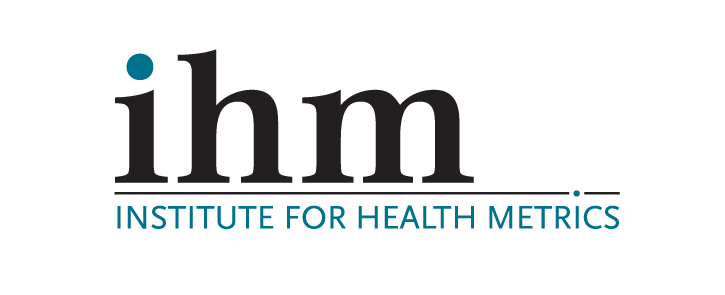Community and Rural Hospital Data Underepresented in Commercial RWD Sources
Data from community and rural hospitals include patient populations and healthcare delivery environments that are often underrepresented in datasets drawn primarily from large academic medical centers. Including these data in model building, clinical trial development, and market surveillance enables more accurate and generalizable healthcare solutions by improving demographic representation, better representation of real-world care settings, and improved ability to address health disparities.
Community and rural hospitals serve patients with different demographics than their large academic counterparts. For example, rural areas often have higher proportions of older adults and populations with limited access to preventive care. Community hospitals also often serve minority or low-income groups who may not frequent academic medical centers. Community and rural hospital data enables AI models better account for healthcare disparities, leading to more accurate predictions and equitable outcomes for all population segments.
Academic centers often focus on complex or rare conditions, while community and rural hospitals handle more common chronic illnesses and acute care needs. This distinction requires that models be trained on representative data from both care settings to perform well. Rural hospitals operate with different resources, such as limited specialist availability, older medical equipment and even differing patterns of medication use. Including data from both settings trains AI systems to account for resource constraints, improving usability in similar environments.
Rural and community hospitals often capture data reflecting the impact of social factors like income, education, and geographic isolation on health outcomes. Integrating this information into AI models enables better identification of at-risk groups and tailoring of interventions. Certain conditions, like diabetes or hypertension, may present different complications in underserved areas due to lifestyle and environmental factors. Including data from these hospitals ensures that models recognize and adjust for these variations.
Finally, the inclusion of rural and community hospital data in AI model training reduces overfitting in more specialized datasets. Academic datasets are often biased toward rare conditions or cutting-edge treatments, which may skew AI models to perform poorly in more typical healthcare scenarios. Data from community and rural hospitals provides a broader base, reducing the risk of overfitting to narrow populations or clinical practices. Community hospital data frequently includes variability in documentation styles, data quality, and patient adherence to treatment plans, the “real world noise” that can make AI models more robust in real-world conditions.
While incorporating data from community and rural hospitals reduces bias, there are also practical challenges to address. Rural and community hospitals may have less consistent EHR documentation, requiring advanced preprocessing techniques. In addition, differences in data formats and standards across institutions can impede interoperability and complicate integration.
Despite these challenges, incorporating data from community and rural hospitals enhances the representativeness of AI training datasets, reducing bias and improving performance of healthcare applications. By including these underrepresented populations and settings, AI models can improve predictions and outcomes for diverse patient groups, making healthcare innovations more impactful across all regions.
About IHM
IHM’s insightsDB™ represents a collaborative of community and rural hospitals across the United States who share interoperable, standardized, deidentified data with each other and select healthcare organizations to improve healthcare analytics and population health.

